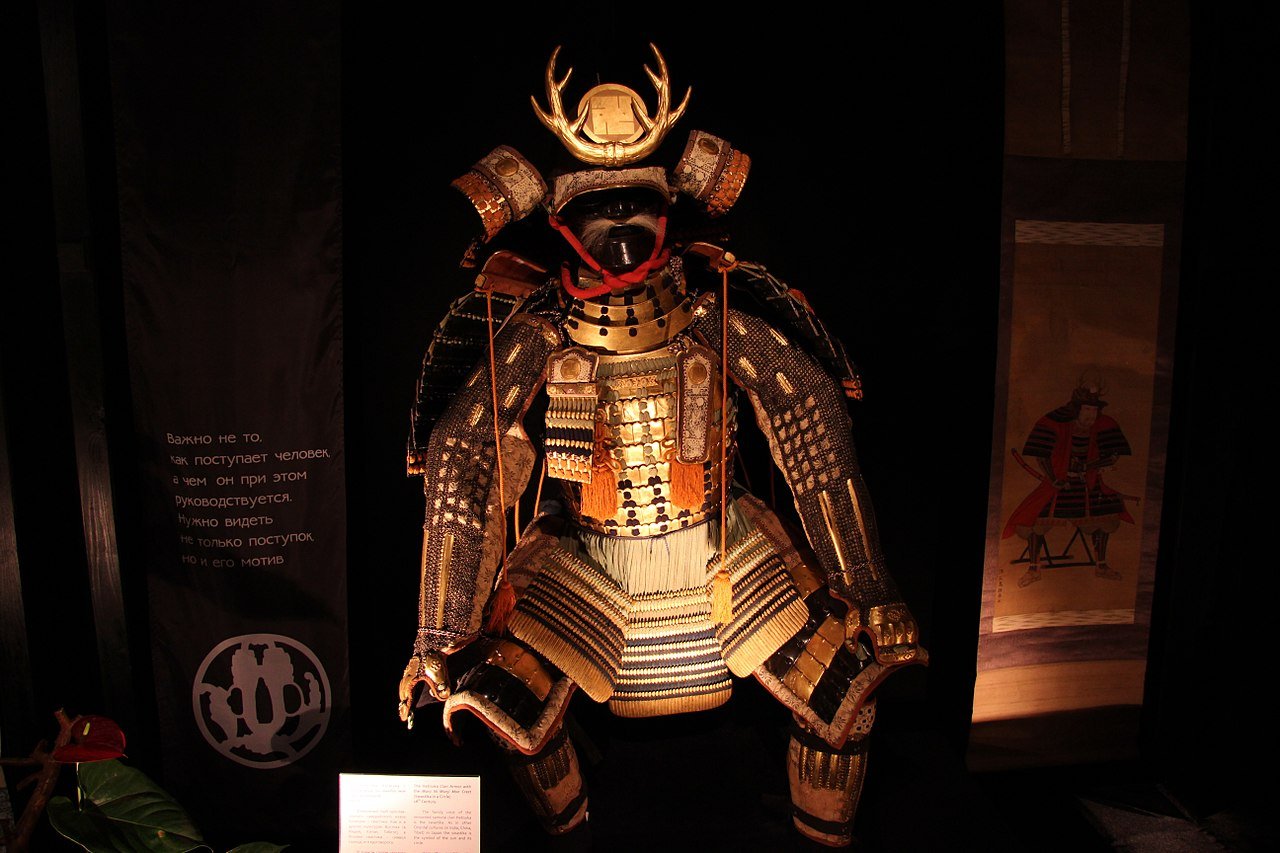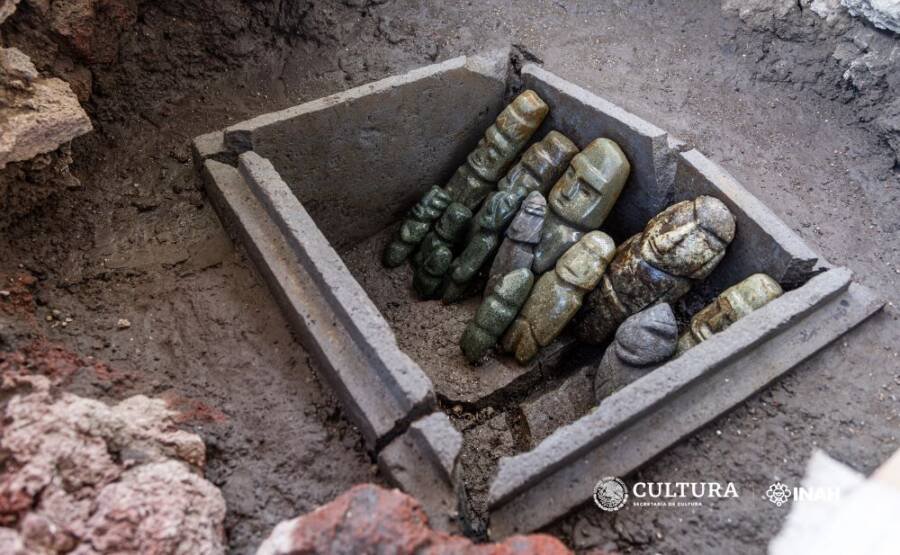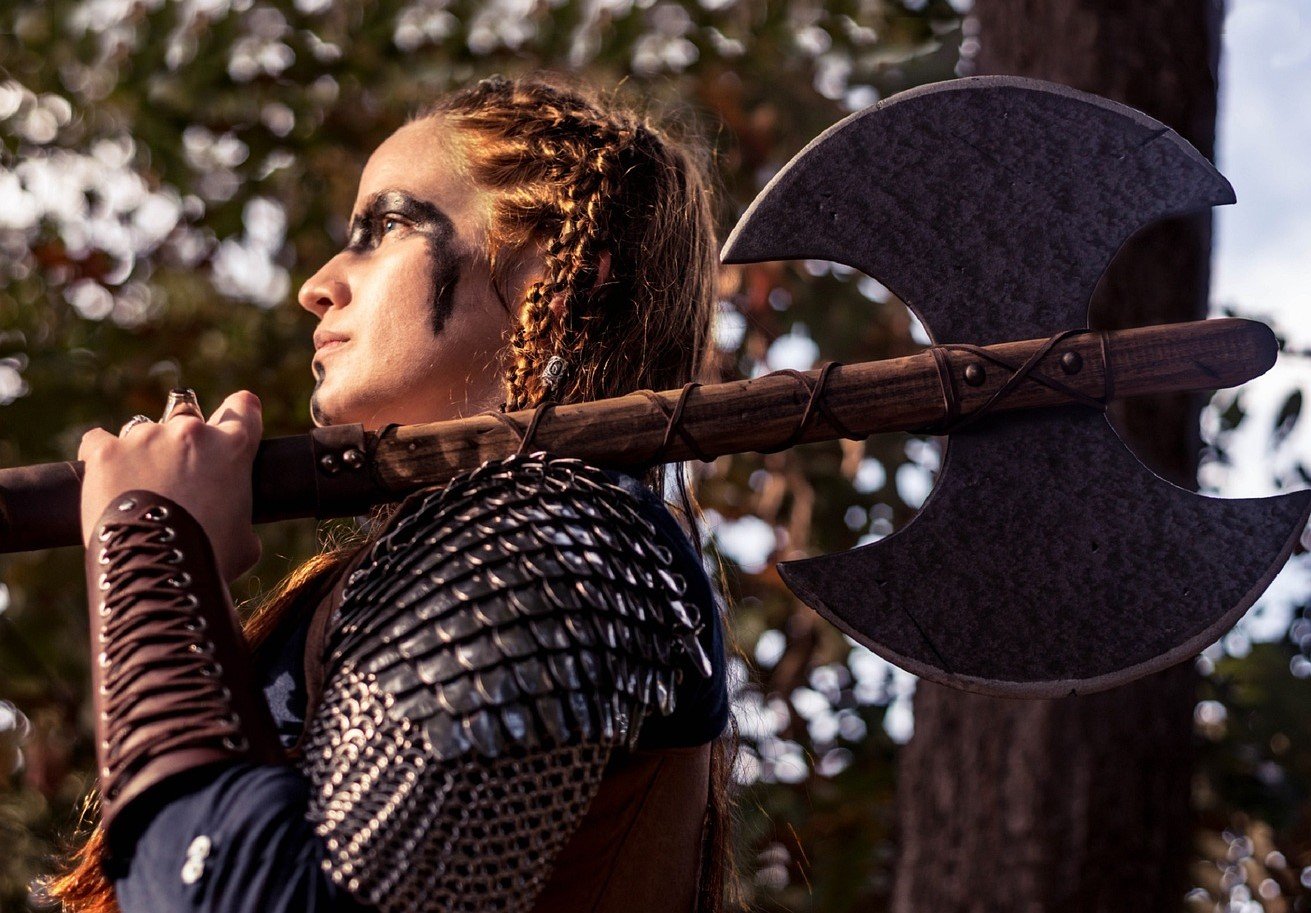Imagine stepping onto a wooden walkway in a serene Kyoto temple garden. You gaze at the majestic Mount Hiei, framed by the ancient trees. But as you look up, a chilling detail catches your eye: a footprint, etched into the ceiling above. This is no ordinary footprint. It’s a bloodstained mark, a silent witness to a tragedy that unfolded centuries ago.
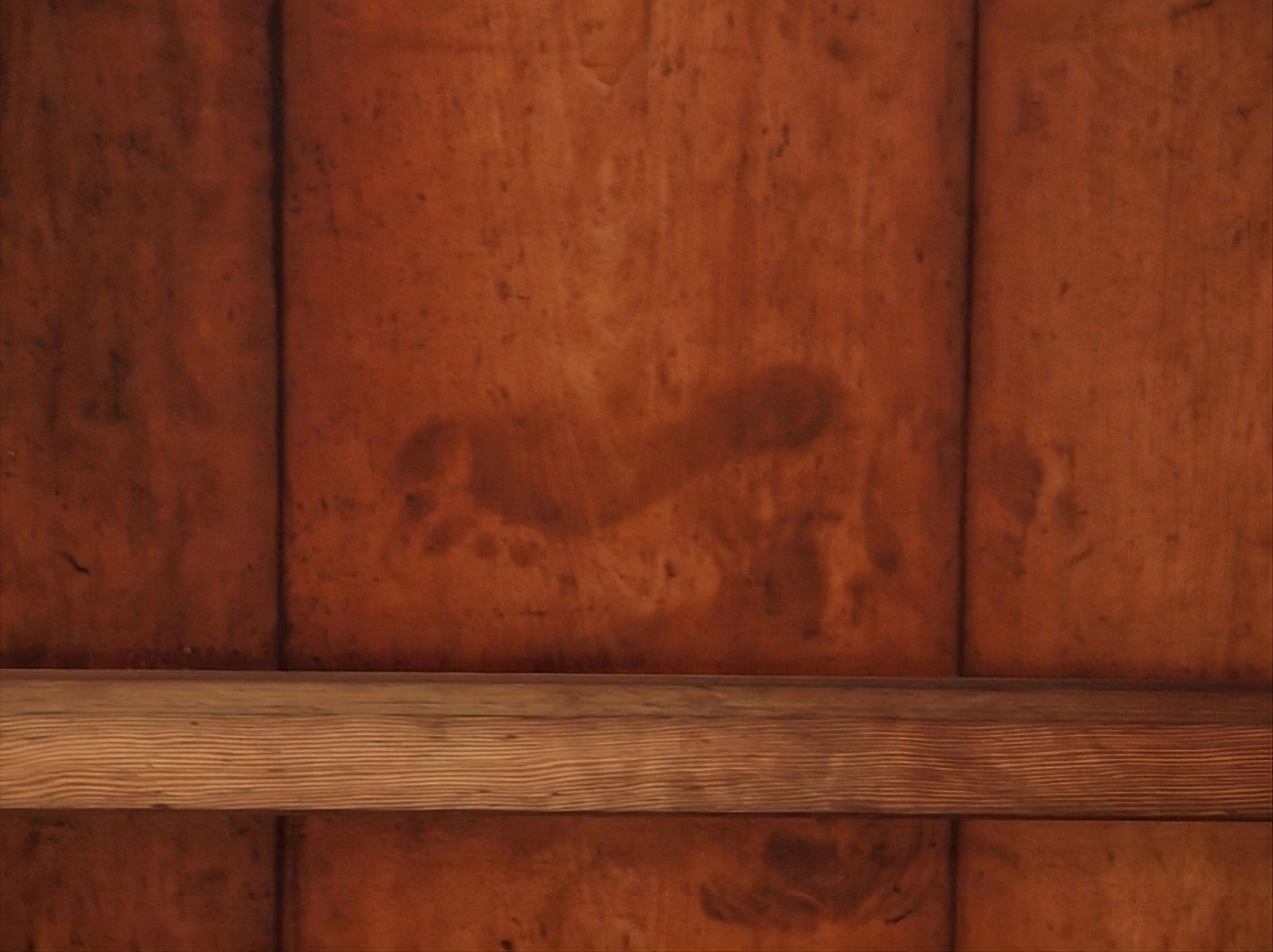
This is the story of the Fushimi Castle seppuku, a mass suicide by over 380 samurai warriors in 1600. Their blood spilled onto the wooden floorboards, capturing their final moments in a gruesome tableau. But this wasn’t just any battle; it was a pivotal event in Japanese history, a clash for power that would shape the nation’s future.
A Legacy of Blood and Honor
The tale begins with the death of the powerful warlord Toyotomi Hideyoshi. He left his young son, Hideyori, in the care of five regents, the most prominent of whom was the ambitious Tokugawa Ieyasu. Ieyasu, however, harbored dreams of his own: absolute power.
Suspicions simmered, and soon erupted into open conflict. Ieyasu’s forces, led by the valiant Torii Mototada, held Fushimi Castle against a rebel army led by Ishida Mitsunari. For two weeks, the castle endured a relentless siege, flames licking at its walls.
A Final Stand in the Keep
With the castle breached and defeat imminent, Mototada and his remaining samurai faced a fateful choice: surrender or die with honor. They chose the latter. In the heart of the keep, under a sky choked with smoke, they performed seppuku, ritual suicide by disembowelment.
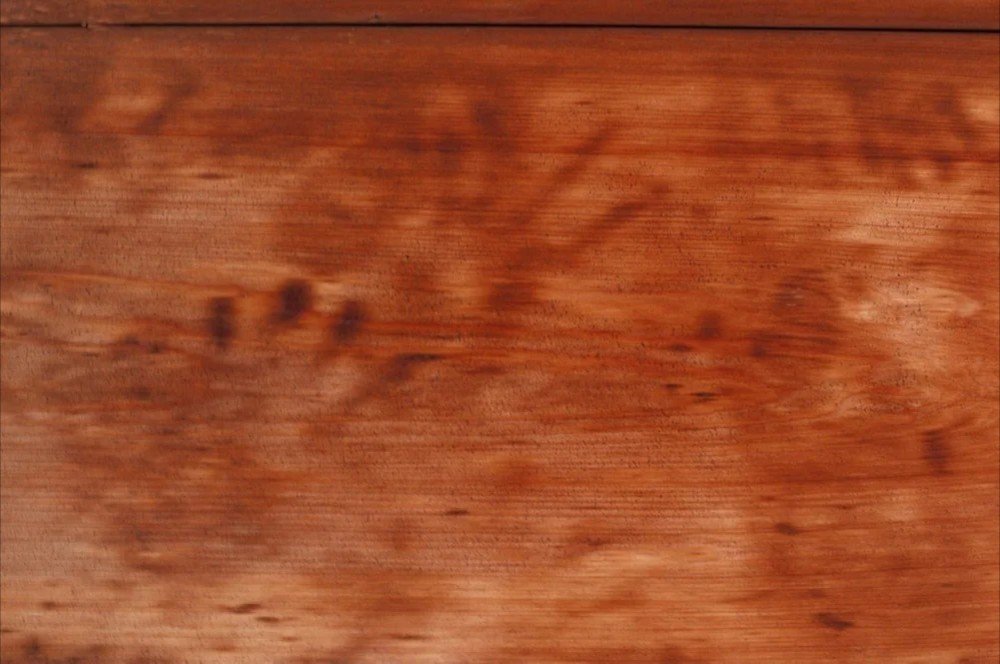
Their blood stained the floorboards, each drop a testament to their unwavering loyalty and samurai code. One can almost hear the echoes of their final words, whispers of Bushido and unwavering resolve, carried on the wind through the centuries.
Echoes in Wood and Stone
The castle keep survived the fire, but its floorboards were destined for a remarkable journey. They were salvaged by a Zen priest, Kouchiin Suden, a confidante of Ieyasu. For decades, these bloodstained boards lay hidden, their story untold.
Finally, they found their way to seven temples across Kyoto, each board bearing the silent weight of history. Today, visitors to these temples can still see the faint bloodstains, the footprints and handprints, whispers of a forgotten sacrifice.
A Glimpse into History’s Heart
The Fushimi Castle seppuku is more than just a historical footnote; it’s a window into the soul of samurai culture, a stark reminder of the power of honor and the price of loyalty. As you stand beneath those bloodstained footprints, you can’t help but be transported back in time, to that fateful day when the samurai chose death over dishonor.
Their sacrifice may be shrouded in the mists of time, but their story continues to resonate, a reminder of the enduring human spirit and the choices we make in the face of adversity.


